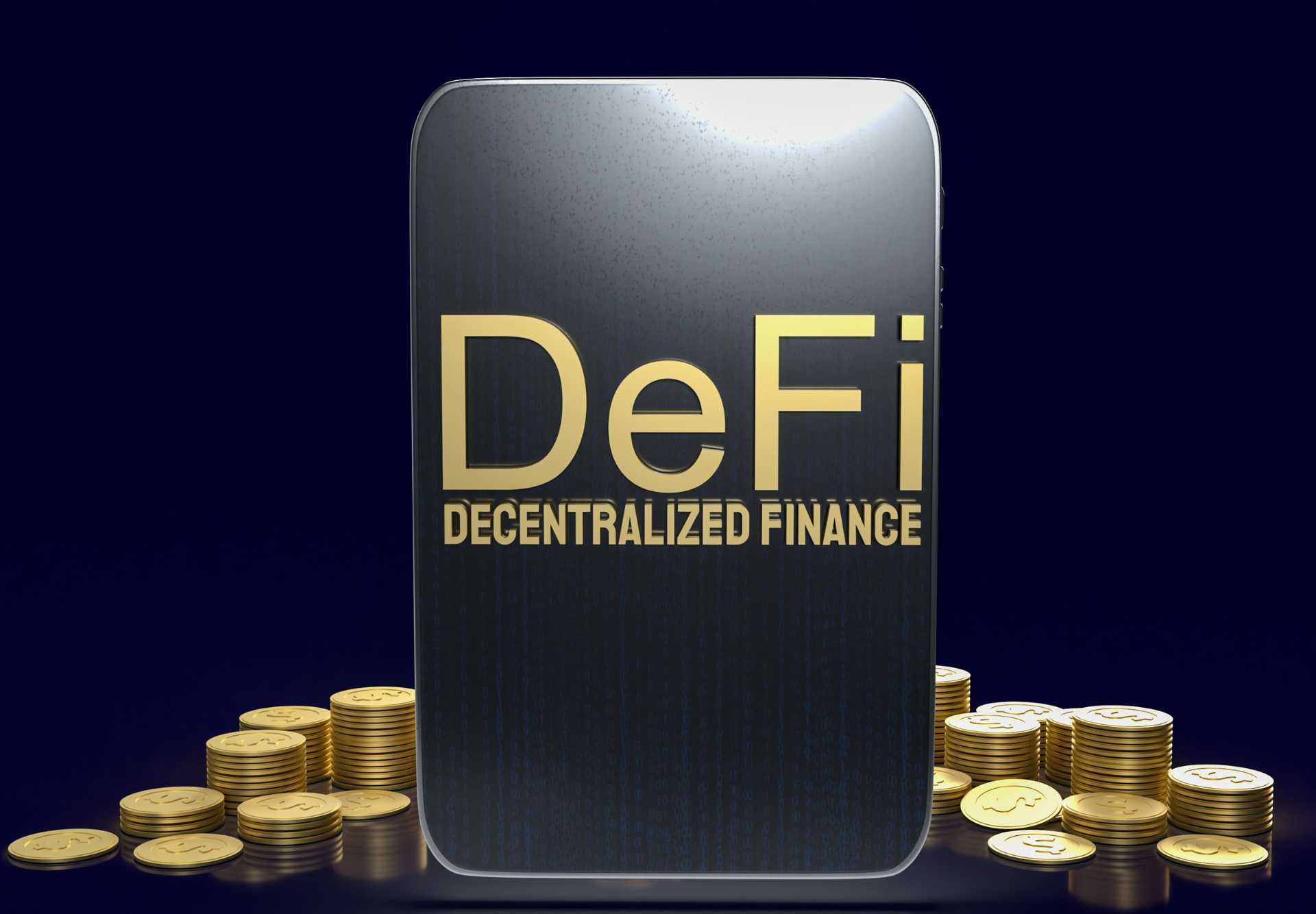Decentralized Finance, popularly known as DeFi, symbolizes a novel paradigm striving to craft an open and unrestricted financial system beyond the traditional banking sphere. This structure capitalizes on blockchain technology, predominantly smart contracts, to fashion financial tools and services administered and sustained by a decentralized congregation of contributors rather than a centralized entity.
Key Pillars of DeFi
1. Smart Contracts: These are self-executing contracts, with the provisions of the agreement encapsulated directly into the code. They constitute the foundation of DeFi applications by facilitating the automation of intricate financial transactions and contracts.
2. Decentralized Applications (DApps): These applications operate on a decentralized network (e.g., Ethereum, Binance Smart Chain) instead of a centralized server. DApps can deliver diverse financial services such as lending, borrowing, trading, and asset management.
3. Tokens: Digital assets signifying ownership of an asset, a stake in a company, or access privileges within a network. Tokens can be exchanged on decentralized exchanges (DEXs).
4. Liquidity Pools: Pools of funds injected by users into a smart contract. They serve to enable trading by supplying liquidity and are integral to numerous DeFi applications, especially decentralized exchanges.
5. Decentralized Exchanges (DEXs): Exchanges functioning devoid of a central governing body. Instead, transactions transpire directly between users (peer-to-peer) through an automated mechanism enabled by smart contracts.
6. Oracles: External services that channel real-world information into the blockchain for utilization by smart contracts. Oracles are pivotal for several DeFi applications, such as those necessitating price data to operate.
Advantages of DeFi
1. Accessibility: DeFi extends financial services to anyone with internet access, irrespective of their geographical location or financial standing. This is especially crucial in areas with restricted access to conventional banking services.
2. Resistance to Censorship: Since DeFi applications are decentralized and operate on a blockchain, they are immune to censorship or meddling by any central authority.
3. Transparency: All transactions and smart contract codes in DeFi are openly accessible on the blockchain, guaranteeing transparency and enabling anyone to audit and validate transactions.
4. Innovation: DeFi facilitates innovative financial products and services that are either unfeasible or cumbersome to execute in the traditional financial infrastructure.
5. Interoperability: DeFi applications are constructed on open standards and can be amalgamated with each other, resulting in an ecosystem of interoperable financial services.
Obstacles and Perils of DeFi
1. Scalability: The foundational blockchain networks of numerous DeFi applications continue to grapple with scalability challenges, culminating in elevated transaction fees and protracted transaction durations during high-demand intervals.
2. Smart Contract Risk: Since DeFi applications are dependent on smart contracts, there exists a hazard that a flaw in the code could culminate in the forfeiture of funds. Even though smart contracts can undergo audits, completely eradicating this risk is formidable.
3. Regulatory Ambiguity: The regulatory landscape for DeFi is in a state of flux, and there is ambiguity regarding how governments will oversee these applications in the future.
4. Complexity: DeFi applications can be intricate and perplexing for non-technical users, potentially leading to errors and the consequent loss of funds.
5. Volatility: The valuation of tokens and assets in the DeFi domain can exhibit extreme volatility, resulting in substantial financial peril.
6. Impermanent Loss: This is a loss incurred when contributing liquidity to a liquidity pool. It transpires when the prices of the tokens in the pool undergo substantial alterations, potentially resulting in losses for the liquidity providers.
Conclusion
Despite these hurdles and dangers, DeFi harbors the potential to overhaul the financial system by rendering it more inclusive, transparent, and efficient. As the DeFi ecosystem progresses and matures, it is anticipated that many of these obstacles will be surmounted, and DeFi will assume an increasingly pivotal role in the global financial infrastructure.
The emergence of decentralized finance (DeFi) has undoubtedly reshaped the landscape of the financial industry. By leveraging blockchain technology and smart contracts, DeFi platforms have created a more accessible, transparent, and efficient financial system, particularly for those who are underserved by traditional banking institutions. This groundbreaking innovation has opened up new opportunities for financial inclusion, enabling people from all over the world to participate in the global economy. Furthermore, the decentralized nature of DeFi platforms has provided a level of security and trust that is often lacking in traditional financial systems. However, it is important to approach DeFi with caution and awareness of its associated risks, such as scalability challenges, regulatory uncertainty, and asset volatility.
As the DeFi sector continues to evolve, it is essential to stay informed about the latest developments and trends. Understanding the various components of DeFi, such as smart contracts, decentralized applications (DApps), and liquidity pools, can help users make informed decisions and maximize the benefits of this innovative financial system. Additionally, being aware of the challenges and risks associated with DeFi can help users navigate this emerging landscape more effectively. Ultimately, DeFi has the potential to revolutionize the financial system, but it is important to approach it with a well-informed and cautious mindset.

